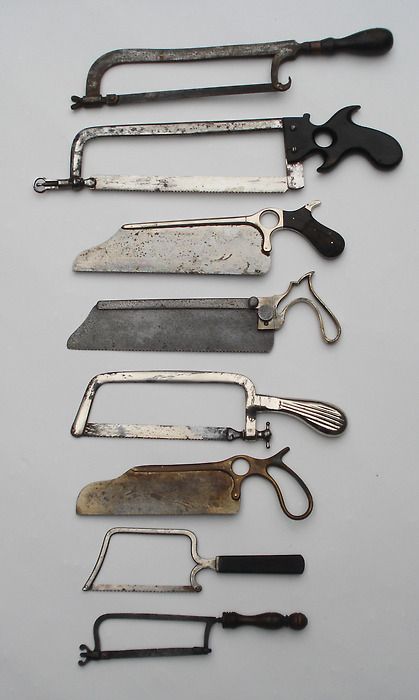
Key Takeaways:
- Identification of essential carpentry hand tools
- Understanding the correct use of each tool
- Tips for tool maintenance and care
- Enhancing precision with proper measuring and marking
Carpentry is a skilled trade that relies heavily on the use of different hand tools. While power tools may speed up the process for various tasks, hand tools are indispensable for their precision, control, and the craftsmanship they enable.
Knowing how to identify and properly use these tools is crucial for anyone looking to master carpentry, whether you’re a hobbyist or a seasoned professional.
Table of Contents
Essential Carpentry Hand Tools and Their Creative Uses
Hammers

Identification: The most iconic tool in a carpenter’s toolkit, hammers come in various sizes and shapes designed for specific tasks.
Proper Use: Used for driving nails, fitting parts, and breaking up objects, the claw hammer is likely the most versatile hammer in carpentry. It’s essential to use the right hammer for the task to avoid damaging materials or tools.
Chisels

Identification: A chisel is a sharp-edged tool used to shape wood.
Proper Use: They are mainly used for carving and cutting out dovetails or mortises in joinery. To use a chisel effectively, one must hold it at the correct angle and apply the right amount of force.
Saws

Identification: Saws come in various styles: hand saws, back saws, coping saws, and more.
Proper Use: Selecting the right saw is critical for making precise cuts, whether you’re cutting wooden joints or sizing lumber. Always cut along the waste side of the line to ensure a clean, accurate cut.
Measuring and Marking Tools

Identification: Accurate measurements are the backbone of carpentry, requiring tools like rulers, tape measures, squares, and marking gauges.
Proper Use: Consistency is key when measuring and marking – an essential skill covered in our guide on measuring and marking in carpentry.
Planes

Identification: A plane is a hand tool used to shave off thin slices of wood, ensuring surfaces are flat and smooth.
Proper Use: Skilled use of a plane takes practice; one must learn the proper pressure and angle for effective material removal. Dive deeper into the technique on learning to plane wood.
Screwdrivers

Identification: Screwdrivers come in different types and sizes to fit various screw heads.
Proper Use: Always use the screwdriver that matches the screw head size and type to maintain the tool’s integrity and prevent stripping screws.
Pliers and Wrenches

Identification: Pliers and wrenches are used for holding, bending, and manipulating hardware.
Proper Use: Select the appropriate size and type to avoid damaging the workpiece or fastener, understanding the best practices described in understanding fasteners.
Clamps

Identification: Clamps are necessary for holding workpieces securely in place.
Proper Use: There is a variety of clamps each designed for specific tasks, and using them properly can be learned in detail on carpentry clamps uses.
Maximizing Carpentry Hand Tool Efficiency
To ensure precision and lasting results, there are several strategies to consider:
- Match the tool to the task: Using the correct tool for the job can make your work more precise and efficient.
- Keep tools sharp and in good repair: Dull tools can damage the material and are more dangerous. Refer to tool maintenance and care for proper upkeep.
- Practice makes perfect: Skills such as measurement accuracy, sawing, chiseling, and planing improve with practice.
- Understand the materials: Different wood types require different tools and techniques.
- Invest in quality: High-quality tools can last a lifetime when cared for properly.
Enhancing Your Carpentry Skill Set
Developing proficiency with hand tools is a foundational carpentry skill. To keep building on your abilities, consider diving into areas like basic carpentry techniques, where you can learn about fundamental practices every carpenter should know.
Whether you’re preparing to tackle your first carpentry project or looking to refine your skillset, a solid understanding of hand tools is indispensable.
Remember, a safe work environment is critical to successful carpentry. Our comprehensive guide on workshop safety practices can help you understand how to avoid accidents and work effectively.
By learning how to identify and properly use hand tools in carpentry, you’re laying a strong foundation for a lifetime of crafting and building.
It’s the delicate touch of a chisel, the measured stroke of a saw, and the precision of the perfect measurement that transform rough materials into refined works of art and function.
Stay tuned for further discussions on hand tool techniques, and in the meantime, visit our guide on building a basic toolbox to ensure you have the essential hand tools ready for your next carpentry project.
FAQ
- What are the hand tools every carpenter should own?
Every carpenter should have a hammer, a variety of saws, chisels, planes, screwdrivers, pliers, wrenches, measuring and marking tools, and clamps. These tools provide the basics necessary to tackle most carpentry projects.
- How important is it to use the correct hand tool for a specific task in carpentry?
Using the correct tool is crucial for both the quality of the work and the safety of the carpenter. The right tool will ensure precision and efficiency while reducing the risk of damaging materials or causing injuries.
- Can I use power tools instead of hand tools for carpentry work?
While power tools can be used for many tasks in carpentry, hand tools offer greater control and precision for finer work. It’s beneficial to learn how to use hand tools effectively, even if you also use power tools.
- How often should I maintain my carpentry hand tools?
The frequency of maintenance depends on usage. Regularly inspect your tools, and clean, sharpen, or oil them as necessary. For more detailed information, see our guide on tool maintenance and care.
- Are expensive hand tools always better than more affordable options?
Not necessarily. While high-quality tools often come at a higher price and can be a worthwhile investment, there are also more affordable options that offer good performance. Focus on the tool’s functionality and durability.
- How do I learn to use hand tools properly and safely?
Practice is essential for learning to use hand tools. You can also refer to educational resources like our essential skills guide and consider taking carpentry classes or finding a mentor for hands-on learning.
- What safety equipment should I use when working with hand tools in carpentry?
Always wear appropriate personal protective equipment (PPE), including safety glasses, gloves, and hearing protection when necessary. Keeping a well-organized and clean workspace also contributes to safety.
- How do I ensure my measurements are accurate when using hand tools?
Use high-quality measuring tools and take your time to double-check measurements. For more tips and techniques, explore our detailed resource on measuring and marking.
- What’s the best way to store my hand tools to keep them in good condition?
Store your tools in a dry, organized environment. Toolboxes, wall-mounted racks, and dedicated storage cabinets are excellent options. Proper storage prevents damage and helps you keep track of your tools.
- Is it worth investing time in learning traditional hand tool techniques?
Absolutely. Mastering hand tool techniques not only enhances the quality of your work but also adds to the enjoyment and satisfaction of carpentry. Traditional methods often provide a deeper connection to the craft.

